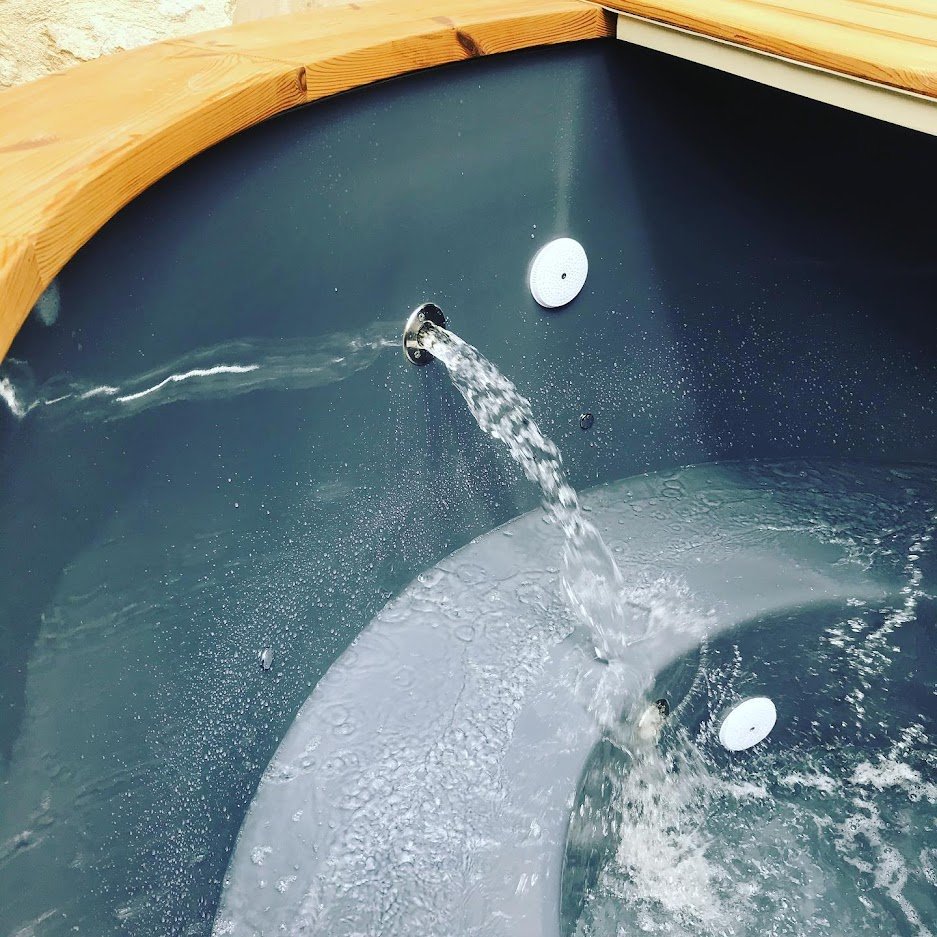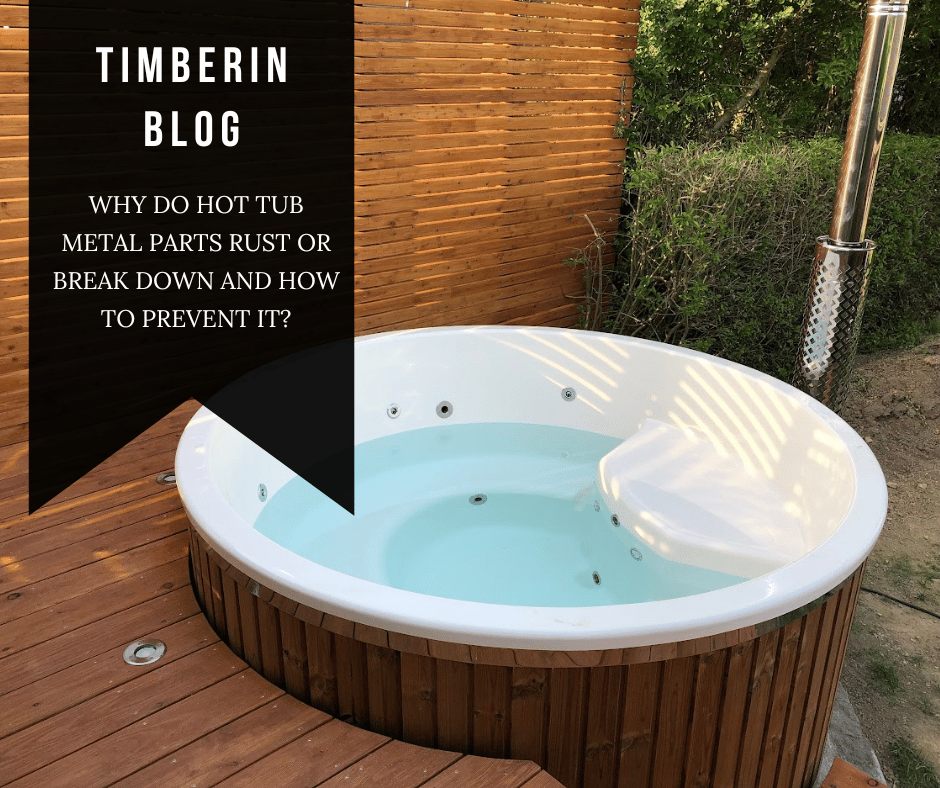Having rust in your hot tub can spoil the look, disrupt comfort, and threaten metal components. Below we explain the main causes of rust and share simple ways to remove and prevent it so you can enjoy a perfect bathing experience.
Rust issues usually point to insufficient maintenance, leakages, or water chemistry imbalances. While the tub and its metal parts are designed to resist corrosion, problems can still arise without regular care.
Causes of rusting stains
Metal parts rust primarily due to water exposure combined with incorrect pH levels, excessive chemicals or salts, or inappropriate metals used during assembly. Lack of upkeep contributes as well. For first use, fill the tub and, if available, run the water through a filtration system.
Using too many chemicals—especially chlorinated water—can be corrosive to unprotected metal. Keep pH and dosing in check. To help minimize risk, our stoves and connections use 316 stainless steel, which resists chlorinated or salty water (the use of salt is generally not recommended).
Rust can also stem from lower-grade metals. Some manufacturers cut costs with 314 or even 430 steel, which are not resistant to chemicals.

Maintenance matters: skim leaves and particles, then periodically empty and clean visible stains to avoid buildup.
Small surface rust spots can also appear where foreign metal microparticles contact stainless steel (for example, from other metallic materials). These can lodge in softer stainless and show as rust with moisture. Such spots are typically removed with a polishing sponge and should not reappear.
Problem-solving
Start small: test a small area. If results are good, clean the remaining surfaces and rinse with clean water. Two simple home remedies are below.
1) Tartar cream + hydrogen peroxide
Mix tartar cream and hydrogen peroxide into a thick paste. Apply to the rusted area and leave for about 20 minutes. When the rust loosens, remove the dried paste with a scouring pad or pumice stick.
2) Baking soda + water (optionally with vinegar)
Mix baking soda with water and pour/spread generously over the stain, then clean the area. (This is a natural, easy at-home approach.)
Conclusion
Rust in hot tubs usually traces back to water chemistry and maintenance. Keep pH balanced, avoid overdosing chemicals or salt, choose proper materials, and clean routinely for a consistently great soak.
Related reading
- What to know before owning a hot tub
- Fill & drain basics for hot tubs
- Eco-friendly hot tub tips
- Thermal insulation for outdoor tubs
How to Remove & Prevent Hot Tub Rust
- Inspect & isolate: Identify rust spots and check for leaks or areas with debris buildup.
- Balance water & dose correctly: Keep pH in range and avoid excessive chemicals or salt.
- Choose the method: Tartar cream + hydrogen peroxide paste or baking soda mixture.
- Apply & wait: Cover stains (≈20 minutes for the paste method).
- Remove residue: Use a scouring pad/pumice stick (for paste) and rinse thoroughly.
- Finish & maintain: Skim debris, clean visible stains regularly, and verify metal quality for replacements (prefer 316 stainless for resistance).
FAQ
What causes rust on hot tub metal parts?
Common causes include incorrect pH, excessive chemicals or salts, leaks, poor maintenance, and lower-grade metals used during assembly.
Does chlorine contribute to corrosion?
Yes—over-chlorination and chlorinated water can be corrosive to unprotected metal. Dose correctly and monitor pH.
Which stainless steel resists chemicals better?
316 stainless steel is used for stoves and metal connections to help resist chlorinated or salty water, unlike 314 or 430 grades.
How do I remove small rust spots?
Use a polishing sponge for surface spots. For stains, apply a tartar cream + hydrogen peroxide paste or a baking soda mixture, then rinse.
How can I prevent rust from returning?
Maintain proper water chemistry and pH, avoid excessive chemical/salt use, skim debris, clean routinely, and ensure appropriate metal quality for any parts.

